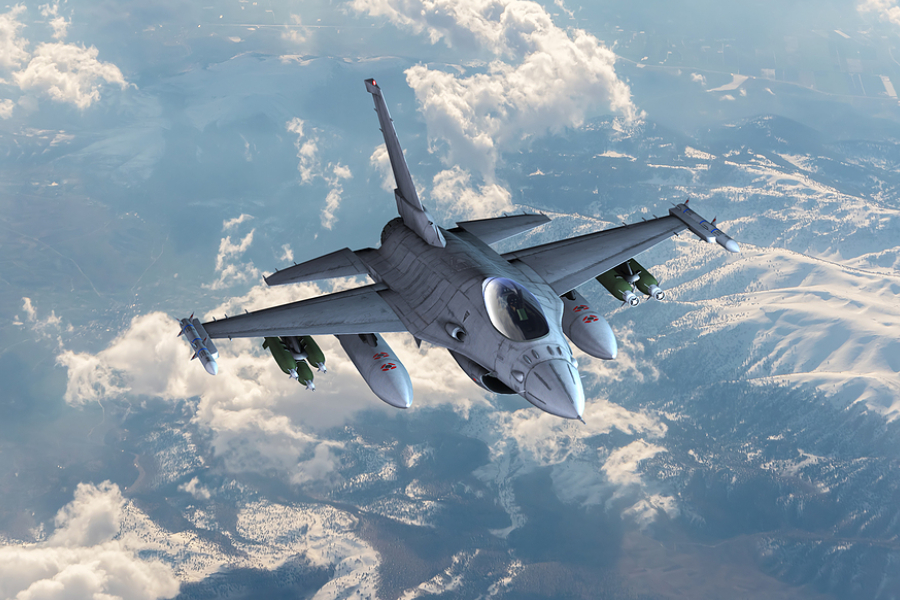Will Overstressing An Airplane Cause The Aircraft To Bend?

The movie depicts lots of possibilities, from travelling at light speed to being able to change size without any side effects. Fandoms exist to debate and discuss even the most impossible bits of scenarios, conspiracy theories, and dialogues. While many movies are just conversational bits, an occasional movie might come by that seems scientifically accurate.
The recent Top Gun: Maverick is an example of such a movie. Apart from being one of the most accurate depictions of life as an Air Force pilot, it has quite a few accurate terms used, such as bending the airframe, which refers to pilots flying their plane so hard that it begins to bend out of shape.
Is it possible to overstress an aeroplane, causing it to bend? It turns out it is possible!
If you fly the plane hard enough, it can result in any possible scenario, from as simple as a quick visit to maintenance to one as severe as a total loss of assets. The possible damage as a result of flying the plane so hard is also termed as overstressing. Before delving into the topic, it is vital to understand the different forces that act on a plane during flight.
The four forces that act on a plane
A flying plane will experience various stresses in varying degrees, allowing it to stay up in the sky. The four forces are:
1. Drag that is generated by the airflow over the plane’s body, preventing it from moving forward.
2. Thrust that is generated by the plane’s engines, enabling it to push against the resistive force of the drag.
3. Weight of the plane that pulls it downwards.
4. Lift that is generated by the plane’s wings, acting upwards.
Aeroplanes are able to move in all three dimensions. As a result, the plane will experience stress in all three dimensions. These stresses can be classified under five key types:
• Bending (Deforming stress)
• Shearing (Separating stress)
• Torsion (Twisting stress)
• Compression (Crushing stress)
• Tension (Stretching stress)
A plane is rated according to these five types of stress. To put it simply, every plane is capable of tolerating varying degrees of such stresses; exceeding that, the various parts of the plane will display signs of possible failure, known as overstressing.
With that being said, stress does not act in isolation. For the plane to experience structural damage during flight, they are rated in varying degrees of G-force, which is correlated to the amount of force acting upon the plane in multiples of 9.8m/s2 (gravitational acceleration).
When does a plane get overstressed?
Every plane has a dynamic centre of gravity, allowing it to shift both longitudinally and laterally as it soars in the sky. In order for the plane to get overstressed, it must be flying in conditions that cause the centre of gravity to shift outside the manufactured range.
For example, an aeroplane with a lower weight distribution will result in the centre of gravity shifting to the heavier end. Hence, to mitigate that shift, the pilot will have to make minor adjustments to disrupt the typical streamlined flight path. At high speeds, this adjustment might result in an abnormal level of stress on the plane’s surface, causing it to deform should it exceed the threshold limit.
Similarly, a plane’s structure is also exposed to stress when it takes a turn. In order to take a turn in midair, the plane must rotate towards the direction, turning within the adequate speed limit for that angle. Travelling at higher speeds means having to turn at sharper angles, putting the plane under greater stress.
Modes of failure due to overstress
Some typical displays of overstress are deformed airframes, sheared rivets, hairline fractures, and stress cracks. As more plane manufacturers utilise composite materials instead of metals, it becomes harder to detect overstressing, increasing the risk of failure due to fatigue or creep.
Do all planes overstress at the same G-force values?
Most modern planes are able to withstand high G-force values before overstressing. However, certain planes are designed to have a higher tolerance than others. Commercial planes are not designed for extreme manoeuvres compared to their militarised counterparts. As such, commercial planes have lower G-force tolerance than military planes.
Conclusion
An understanding of the different forces acting on the plane is vital when designing one. Manufacturers will constantly find ways to push their design past that limit. Every aeroplane that is to be designed is one step further away from the current limit. And that comes with a profound physics fundamental.
If you ever dream of designing a plane in the future, then your fundamentals in physics have to start as early as possible. With Physics Tuition, we take your knowledge in physics to the next level, growing your interest and expanding your perspective on the subject. Visit our website to find out more about our classes!